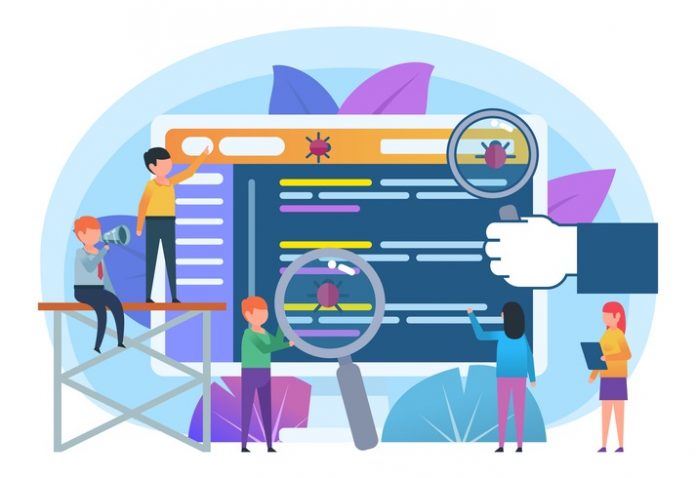Introduction
We are in the Digital Economy and as it applies to all economies in the world, the success of this relatively new but no longer nascent economy will depend on how well the stakeholders of this economy maximize their resources by reusing, replicating, connecting, and interoperating them. The value of synergy is always greater than the value of individual components contributing to it and this force multiplier needs to be capitalized in a massive way by modern-day enterprises if they wish to succeed in the digital economy.
The advertisement moolah that Google and Facebook rake in is precisely because they do not look at their business entities in siloes; rather they connect and integrate valuable customer data points from various entities like; for example, Gmail, Google Maps, and YouTube to generate one unified persona related data impression that becomes the basis for their targeted advertisements and their consequent success rates. Likewise, Netflix integrates and converts data on the subscriber consumption pattern to intelligent movie recommendations that lead to higher viewership, greater new subscriptions, and improved Net Promoter Scores (read word of mouth).


